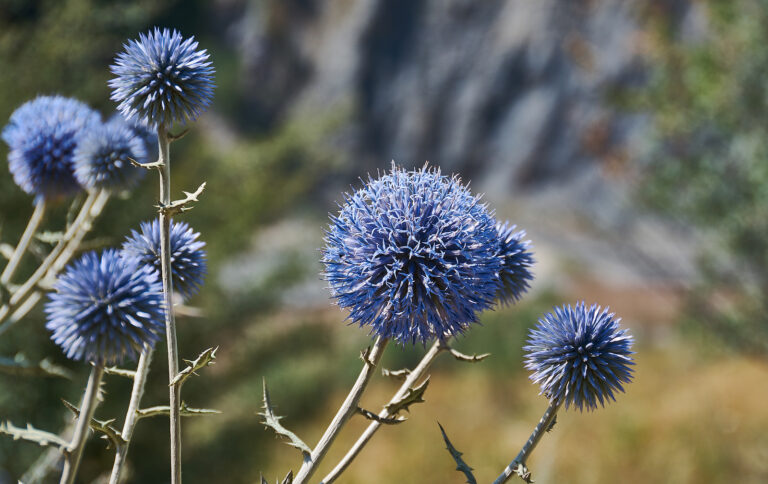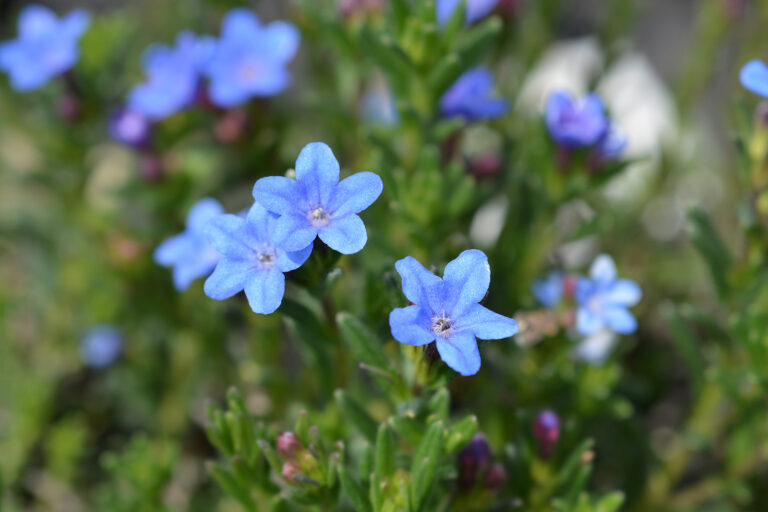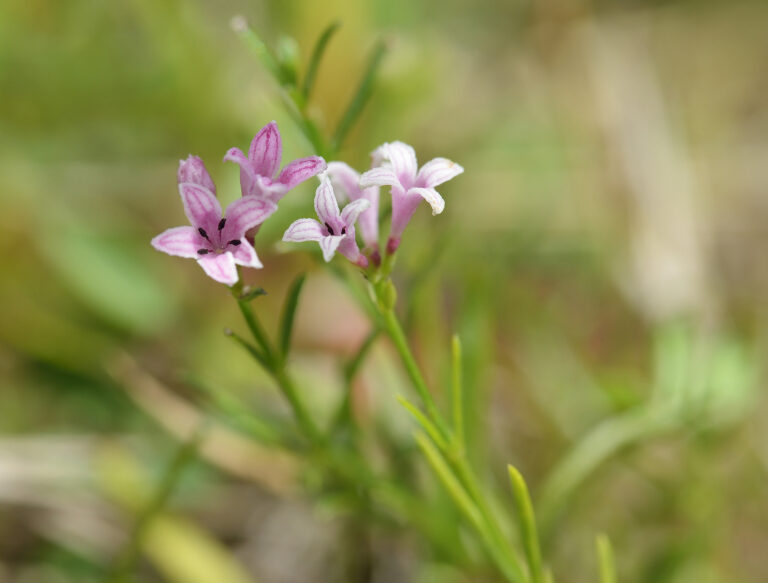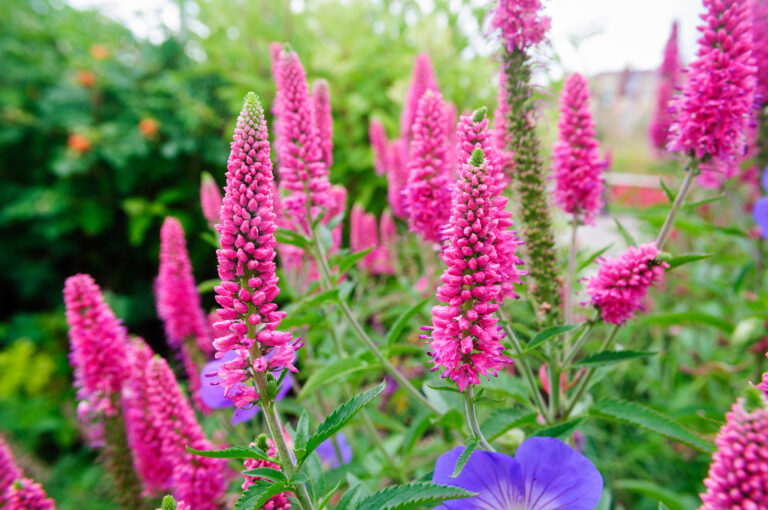How to Grow Calamint — Calamintha
Calamintha is a member of the mint family. Its leaves give off a minty-lemon odor when brushed. Calamintha bears clusters of small, tubular, two-lipped flowers in shades of lilac-blue, pink, and white.
The Calamintha genus contains about eight species of perennials and subshrubs. Commonly called calamints. The name Calamintha is from the Greek kalos, meaning “beautiful”, and minthe, “mint”. Calamintha bears small ovate to oblong leaves that usually are toothed.
Plant calamints in full sun or partial shade and average, moist, well-drained soil. They tolerate poorer soils. In areas with humid, wet summers, plant them in raised beds to ensure excellent drainage. Plants spread by rhizomes and form rounded mounds that spread from 1 ½ to 2 ½ feet. Cut them back after flowering to keep them neat. Cut plants back hard if they become woody. To propagate, divide plants in early spring, take cuttings in summer, or sow seeds.
Get to know Calamintha
- Plant type: Perennial
- Growing zones and range: Zones 5-9
- Hardiness: Hardy to Zone 5
- Height and width: 2 feet high and 2.5 feet wide
- Flowers: Clusters of two-lipped flowers, blue to lilac-tinged white flowers
- Bloom time: Summer
- Uses: Attractive to pollinators; perennial borders, add to herb garden
- Common name: Calamint
- Botanical name: Calamintha
- Family name: Lamiaceae
- Origin: Mediterranean region to Great Britain
Where to plant Calamintha
- Grow Calamintha in full sun or light shade.
- Plant Calamintha in well-drained. humus-rich soil. Will grow in poor soil.
- Add Calamintha to a perennial border or herb garden.
- Calamintha spreads by creeping rhizomes and can require controls.
When to plant Calamintha
- Set Calamintha outdoors in spring after the last frost.
- Calamintha can be divided in spring or started from cuttings in summer.
Planting and spacing Calamintha
- Space Calamintha 2 feet apart.
How to water and feed Calamintha
- Keep the soil lightly moist for Calamintha; grow Calamintha in well-drained soil.
- Feed Calamintha light with a balanced organic fertilizer in spring.
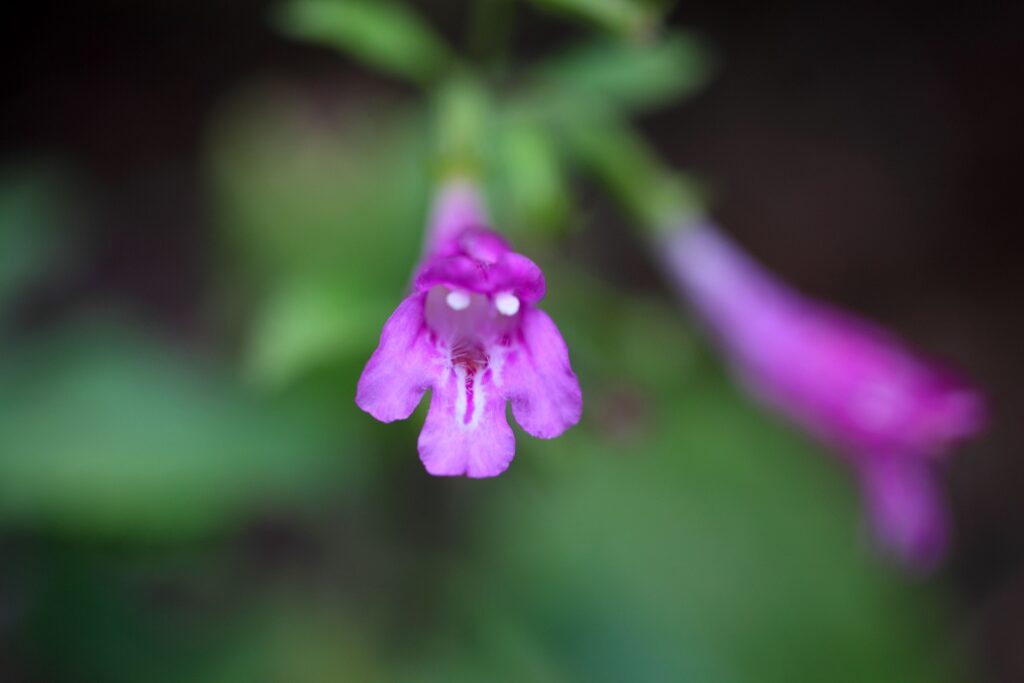
Calamintha care
- Calamintha needs well-drained soil.
- Protect Calamintha from winter cold with a heavy layer of mulch.
- Cut Calamintha’s woody stems back to the ground at the end of the growing season.
Calamintha pests and diseases
- Calamintha is usually problem-free.
Calamintha propagation
- Calmintha can be propagated by division in spring and cuttings in summer.
- Calamintha will self-sow but is not aggressive like mint.
- Calamintha spreads via creeping rhizomes. Control clumps by lifting rhizomes growing where you don’t want the plant to grow.
Calamintha varieties to grow
- Calamintha grandiflora. grandiflora. Large Flowered Calamint. Bushy 1 ½ -½-foot-tall perennial bearing loose clusters of ½ – to 1-inch-long pink flowers in summer. Zones 5 to 9. Cultivar ‘Variegata’ has variegated leaves and grows best in shade.
- C. incana is an Eastern Mediterranean wildflower with light pink flowers.
- C. nepeta (C. nepetoides) nepetoides. Bushy plant with many tough, slender, 1 ½ -ft. stems that grow outward, then erect. The upper portion of the plant carries a profusion of ½ -in. pale lilac to white flowers in late summer and fall.



